The Chinese company selected to dig a $50bn trans-oceanic canal across Nicaragua plans to start building a fuel terminal and wharf on the Pacific side of the route this coming August, after more than a year of delays to the controversial scheme.
Hong Kong-based HKND Group said the terminal and wharf will be part of a new port facility needed to import machinery for the “major works” of the canal, such as dredging, the group’s executive vice president, Pang Kwok Wai, told Bloomberg last week.
In an emailed response to questions Pang also sought to address scepticism concerning the financial viability of the 276-km canal, which is intended to rival the 102-year-old Panama Canal.
The project’s financing does not depend on the state of the stock market in China– Pang Kwok Wai, executive vice president, HKND Group
HKND has so far refused to say where the estimated $50bn would come from to build the canal, but Pang said financing could come from debt, equity sales and even a potential stock market launch.
“Many businessmen from Latin America, China and Europe have come to talk with us,” Pang told Bloomberg.
Volatility in China’s stock market raised fresh doubts over the canal last year when the billionaire behind the scheme, telecoms tycoon Wang Jing, HKND’s chairman and CEO, had nearly 85% of his fortune wiped out by plummeting share prices.
But Pang told Bloomberg: “The project’s financing does not depend on the state of the stock market in China. It is an international project. Funding will come from many countries and many investment sectors.”
Nicaragua granted HKND the concession to build and operate the canal for 50 years in June 2013. A ceremony marking the start of construction was held in December 2014, but major works have yet to begin.
In September last year the government pushed the project’s start back to this year to allow for extra environmental studies.
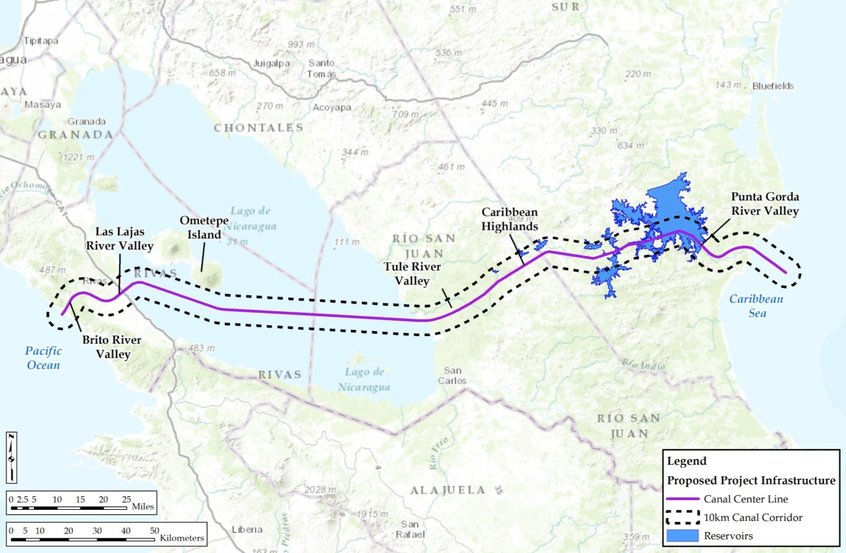
A map of one of the proposed canal routes (HKND Group)
The scheme is controversial. Scientists in Nicaragua and around the world have opposed the plans on environmental grounds, and last month Amnesty International slammed what it called Nicaragua’s “reckless handling” of the gigantic civil engineering scheme.
As many as 30,000 people could be physically or economically displaced by the canal, according to HKND’s own estimate, as reported in the scheme’s Economic and Social Impact Assessment.
According to Bloomberg, however, a study published by the Nicaraguan government said that 81% of Nicaraguans support the canal, which promoters say will transform the poor country’s economy.
Top photograph: HKND Group’s executive vice president Pang Kwok Wai, right, and HKND’s chief project advisor Bill Wild during a public consultation on the canal’s environmental impact assessment in Managua, September 2015 (HKND Group)
Comments
Comments are closed.





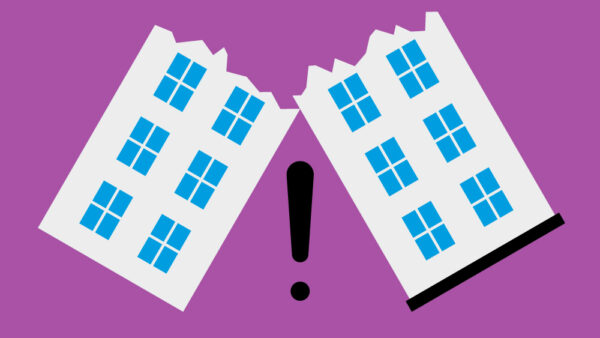
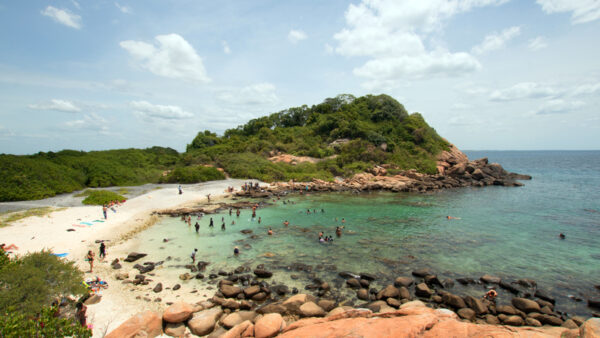
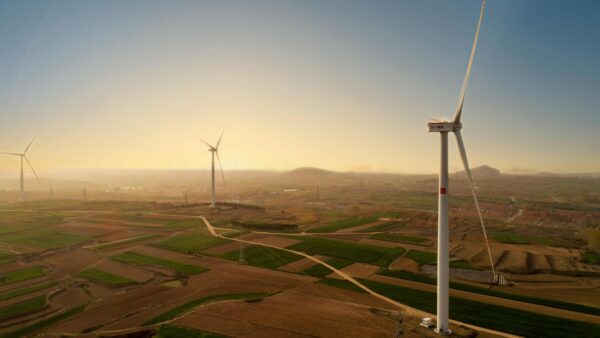
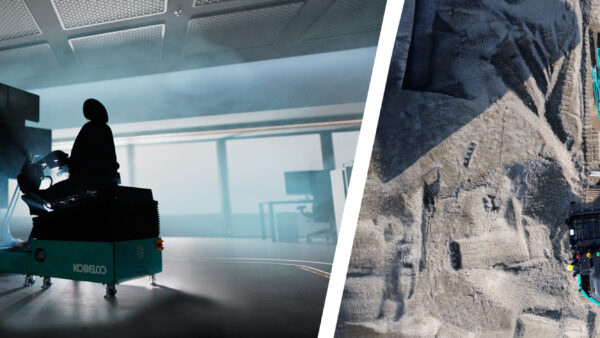
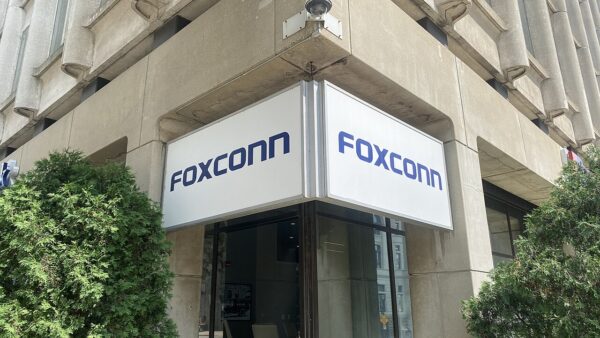
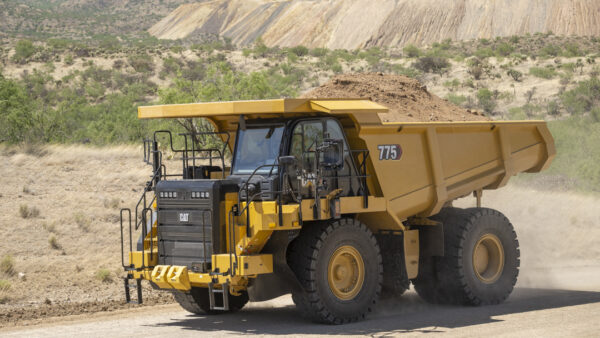
There is no financial justification to build a canal. The Panama Canal generates $1-2 billion a year in profit. If the proposed canal took 100 percent of the Panama Canal traffic (it wouldn’t) and operated at the same cost, despite being almost four times as long, it would take 50-80 YEARS INTEREST FREE to recover the costs of the canal.
The Panama Canal was recently widened. There are only two ports in the US that can handle the superships, and those ships were never designed to go through the canal.
The environmental study is about as real as the alleged WMDs in Iraq. There are active fault lines throughout the lake. There is no place to put the silt from the dredging. There isn’t enough concrete in the world to make the canal. The high winds on the lake shut down almost all of the ferries to Ometepe Island, so a good portion of the year the canal would have to be closed due to wind. The length would require ships to sail at night, which is dangerous.
As far as planning, there is no talk of what kind of power stations would be required to handle this activity. We have power outages frequently as it is. Budding a power plant would take almost five years. It isn’t conducive to put an international airport in the Rivas/San Jorge area because of the winds.
Then there are the roads. The existing highways cannot be able to handle the increase in traffic. The canal project would require several hundreds of miles of highways across swampland.
If the Chinese government wanted to buy influence, it could volunteer to build new port. The Chinese government doesn’t ahem the money to back the project, nor is there any benefit.
What kind of person would buy stock or bonds from a company whose website (and content or lack thereof)looks like it was built by a child?
Wang Jing is a con artist.
I fully agree with Kelly Ann’s above points of contention regarding the preliminary findings, i.e. impact reports, known fault lines, economic impacts on existing citizens, night traversing of the canal at night being hazardous and just the over all feeling that one gets from a project of this scope in a small country.
There has been no mention of what the projected cost would be to using the canal for traversing at all. What would a typical shipping line expect to pay for the use of the canal?. Would it be cost effective Vs. traveling southward?. Can this Chinese gentleman be trusted to complete this project subsequent to his own financial situation changing drastically?. Too many unanswered questions and mine are just a few of many.
One other point of contention is how exactly will this create permanent employment for the touted jobs for locals?. Once a canal is completed, it doesn’t require many personnel to operate it without the lock system that the Panama canal has.
Does Nicaragua have guarantees of a percentage of profits?. If so, how much on a yearly basis?.
I personally as a developer don’t feel comfortable with this project.
This should have happened many years ago. The world needs this canal. Too bad China has to be the one to build it because the US is too lazy.
Just thought about economy. Panamas profit 1mrd per year, maybe 10%. So payments 10 mrs per year. If “owner” using channel, it will be profit after 5 year.
Esta construcción sería un desastre para la naturaleza y para todos nosotros. Contaminaríamos toda la naturaleza solo para crear un Canal, el cual ya no es necesario. Ya hay uno en Panamá y que importa si Panama genera más ingresos que los Nica al final ellos mismo se darán cuenta el daño que le han hecho a la naturaleza. Panama es un país de cemento, solo hay calles, edificios y todo esta seco y porque? Porque han cortado todos sus bosques, contaminado sus ríos. NO ES UNA INVERSION daña a la naturaleza. La comida, la tierra, el aire y todo se verá afectado.
=> Thomas
You really should study history before you post comments. The Nicaraguan route was extensively studied by the US in 1904. It failed for political and engineering reasons. Political because the US had instigated and supported the State of Panama to succeed from Columbia. Then supported the rebels with a show of force from the US Navy. The engineering is fairly simple, there are 3 volcanoes in Lake Nicaragua. Look on Google Earth at the proposed route. The consequences to the environment of Panama from the canal have been in play for so long and we can’t really reverse that. The Panama Canal is also a huge help to the global economy as a whole, so the environmental trade off can at least be justified. This boondoggle of a canal building in Nicaragua is only one Chinese business man’s idea to get his name in the world consciousness. He should be careful or he will end up like Leeseps.